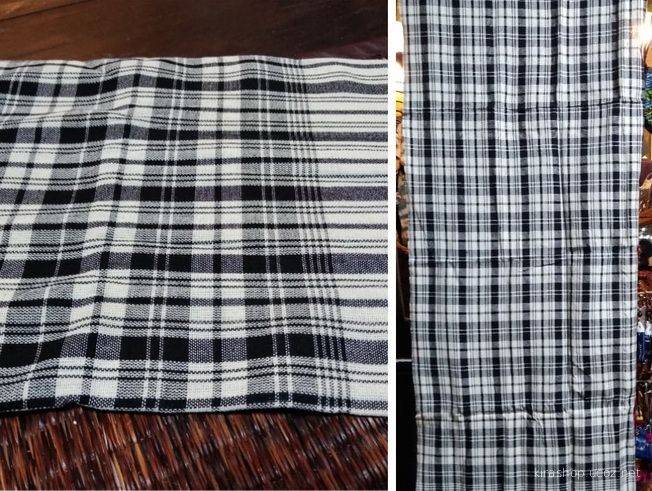 The Han Dynasty
Under the Qin (221-206 B.C.E.) and the Han (206 B.C.E.-7 C.E.; restored 25-220 C.E.), dynasties, China was unified under imperial rule for the first time, expanding to incorporate much of the territory within China's boundaries today. The famous underground terra-cotta army of the First Emperor of Qin gives vivid evidence of the clothing of soldiers and officers, again showing the basic theme of long gowns for elites, shorter jackets for commoners. One sees also that all of the soldiers are shown with elaborately dressed hair, worn with headgear ranging from simple head cloths to formal official caps. Cavalry warfare was of increasing significance in China during the Qin and Han periods; in funerary statuettes and murals, riders are often shown wearing long-sleeved, hip-length jackets and padded trousers.
The Han Dynasty
Under the Qin (221-206 B.C.E.) and the Han (206 B.C.E.-7 C.E.; restored 25-220 C.E.), dynasties, China was unified under imperial rule for the first time, expanding to incorporate much of the territory within China's boundaries today. The famous underground terra-cotta army of the First Emperor of Qin gives vivid evidence of the clothing of soldiers and officers, again showing the basic theme of long gowns for elites, shorter jackets for commoners. One sees also that all of the soldiers are shown with elaborately dressed hair, worn with headgear ranging from simple head cloths to formal official caps. Cavalry warfare was of increasing significance in China during the Qin and Han periods; in funerary statuettes and murals, riders are often shown wearing long-sleeved, hip-length jackets and padded trousers.
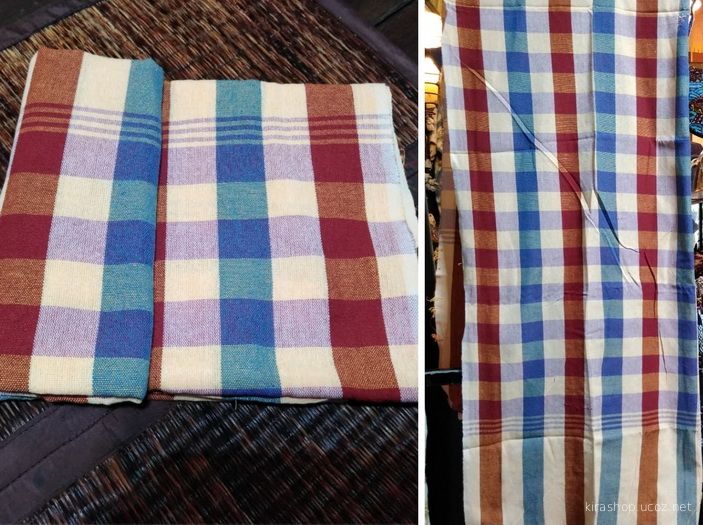 The well-preserved tomb of the Lady of Dai at Mawangdui, near Changsha (Hunan Province, in south-central China) has yielded hundreds of silk dress items and textiles, from spiral-wrapped or right-side-fastening gowns, to mittens, socks, slippers, wrapped skirts, and other garments, and bolts of uncut and unsewn silk. The textiles show a great range of dyed colors and weaving and decorating techniques, including tabby, twill, brocade, gauze, damask, and embroidery. Textual evidence from the Han period shows that government authorities attempted through sumptuary laws to restrict the use of such textiles to members of the elite landowning class, but that townsmen including merchants and artisans were finding ways to acquire and wear them also.
The well-preserved tomb of the Lady of Dai at Mawangdui, near Changsha (Hunan Province, in south-central China) has yielded hundreds of silk dress items and textiles, from spiral-wrapped or right-side-fastening gowns, to mittens, socks, slippers, wrapped skirts, and other garments, and bolts of uncut and unsewn silk. The textiles show a great range of dyed colors and weaving and decorating techniques, including tabby, twill, brocade, gauze, damask, and embroidery. Textual evidence from the Han period shows that government authorities attempted through sumptuary laws to restrict the use of such textiles to members of the elite landowning class, but that townsmen including merchants and artisans were finding ways to acquire and wear them also.
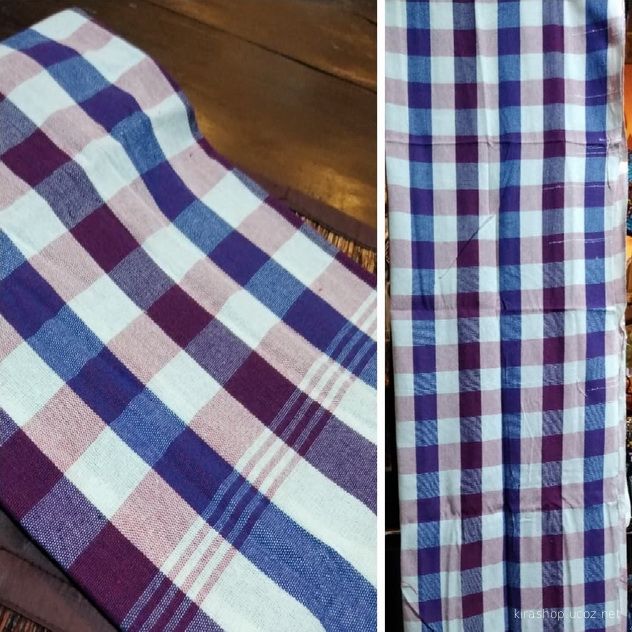
 The period 220-589 C.E. (that is, from the fall of the Han to the rise of the Sui Dynasty), was one of disunity, when northern China was frequently ruled by dynasties of invaders from the northern frontier, while southern China remained under the control of a series of weak ethnically Chinese rulers. Depictions of dress from northern China thus show a predominance of styles suitable for horse-riding peoples. Elite men are sometimes shown wearing thigh-length wrapped jackets over skirts or voluminous skirtlike trousers. In southern China the traditions of colorful Yangtze River Valley silks predominated (though with a discernible trend toward plainer everyday clothing for elite men). Buddhism arrived in China via Central Asia during the late Han period, prompting the production of typical patchwork Buddhist monks' robes, as well as more formal embroidered or appliqué ecclesiastical garments.
The period 220-589 C.E. (that is, from the fall of the Han to the rise of the Sui Dynasty), was one of disunity, when northern China was frequently ruled by dynasties of invaders from the northern frontier, while southern China remained under the control of a series of weak ethnically Chinese rulers. Depictions of dress from northern China thus show a predominance of styles suitable for horse-riding peoples. Elite men are sometimes shown wearing thigh-length wrapped jackets over skirts or voluminous skirtlike trousers. In southern China the traditions of colorful Yangtze River Valley silks predominated (though with a discernible trend toward plainer everyday clothing for elite men). Buddhism arrived in China via Central Asia during the late Han period, prompting the production of typical patchwork Buddhist monks' robes, as well as more formal embroidered or appliqué ecclesiastical garments.
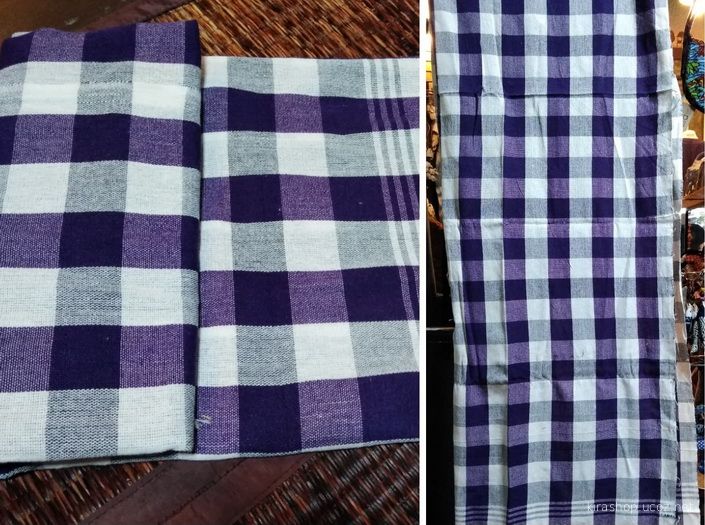
The Tang Dynasty
Under the Sui (589-618) and Tang (618-907) dynasties, China was reunified and entered upon a period of unprecedented wealth and cultural brilliance. The capital city of Chang'an (now Xi'an) was, during the eighth century, the largest and most cosmopolitan city in the world. It supported a true fashion system, comparable to that of the modern West, in which rapidly-changing prevailing modes were adopted by fashion leaders and widely disseminated by emulation. Hairstyles (including the use of elaborate hairpins and other hair ornaments) and makeup also changed rapidly in fashion-driven patterns. Ceramic statuettes, produced in huge numbers during the Tang for placement in tombs, often depict people in contemporary dress, and thus give direct evidence for the rapid change of fashions at the time.
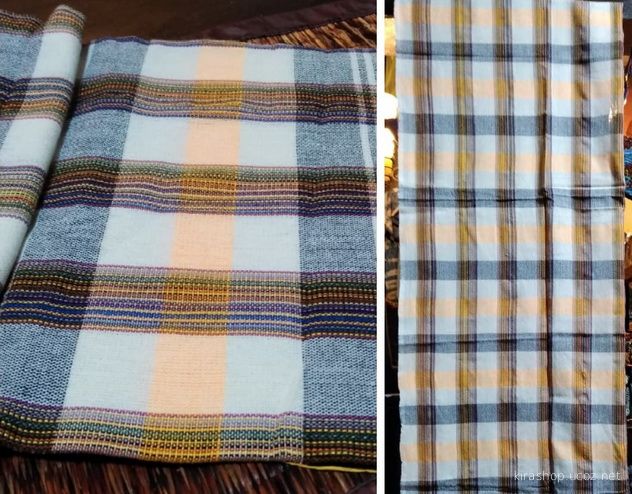 Under the Tang, trade along the Silk Route between China via Central Asia to the Mediterranean world flourished, and influence from Persian and Turkic culture areas had a strong impact on elite fashions in China. Chinese silk textiles of the Tang period show strong foreign influence, particularly in the use of roundel patterns. Young, upper-class women outraged conservative commentators by wearing "Turkish" hip-length, tight-sleeved jackets with trousers and boots; some women even played polo in such outfits. (Women more commonly went riding in long gowns, wearing wide-brimmed hats with veils to guard against sun and dust.) Another women's ensemble consisting of an empire-waisted dress tied just below the bustline with ribbons, and worn with a very short, tight-sleeved jacket. This style would reappear several times in later ages, notably during the Ming Dynasty (1368-1644); it strongly influenced the development of the Korean national costume, the hanbok.
Under the Tang, trade along the Silk Route between China via Central Asia to the Mediterranean world flourished, and influence from Persian and Turkic culture areas had a strong impact on elite fashions in China. Chinese silk textiles of the Tang period show strong foreign influence, particularly in the use of roundel patterns. Young, upper-class women outraged conservative commentators by wearing "Turkish" hip-length, tight-sleeved jackets with trousers and boots; some women even played polo in such outfits. (Women more commonly went riding in long gowns, wearing wide-brimmed hats with veils to guard against sun and dust.) Another women's ensemble consisting of an empire-waisted dress tied just below the bustline with ribbons, and worn with a very short, tight-sleeved jacket. This style would reappear several times in later ages, notably during the Ming Dynasty (1368-1644); it strongly influenced the development of the Korean national costume, the hanbok.
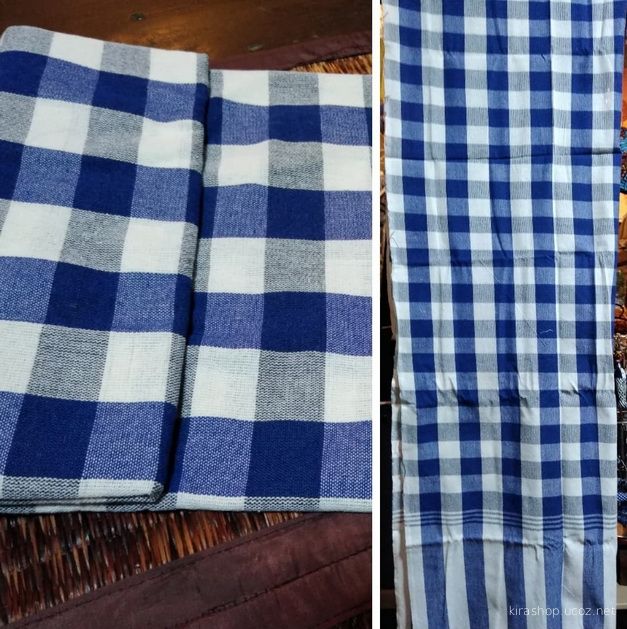
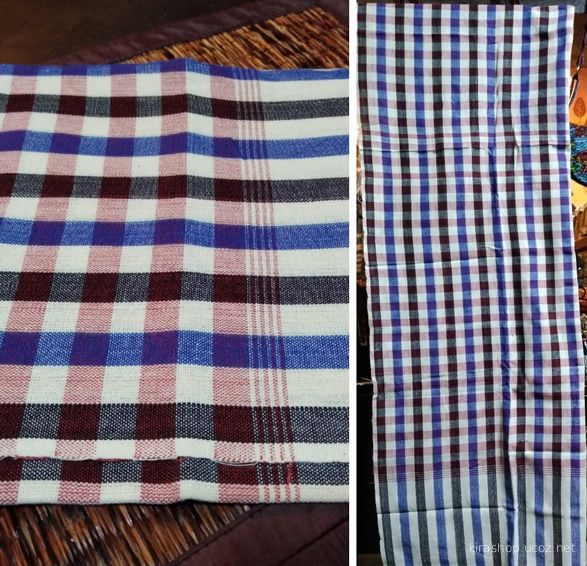 Dancers at court and in the entertainment districts of the capital and other cities were notable trendsetters. In the early eighth century, the fashionable ideal was for slender women wearing long gowns in soft fabrics that were cut with a pronounced décolletage and very wide sleeves, or a décolleté knee-length gown worn over a skirt; by mid century, the ideal had changed to favor distinctly plump women wearing empire-line gowns over which a shawl-like jacket in a contrasting color was worn. One remarkable later Tang fashion was for so-called "fairy dresses," which had sleeves cut to trail far beyond the wearer's hands, stiffened, wing-like appendages at the shoulders, long aprons trailing from the bustline almost to the floor, and triangular applied decorations on the sleeves and down the sides of the skirt that would flutter with a dancer's every movement. "Sleeve dancing" has remained an important part of Chinese performative dance since Tang times. Near the end of the Tang period, dancers also inspired a fashion for small (or small-looking) feet that led to the later Chinese practice of footbinding.
Dancers at court and in the entertainment districts of the capital and other cities were notable trendsetters. In the early eighth century, the fashionable ideal was for slender women wearing long gowns in soft fabrics that were cut with a pronounced décolletage and very wide sleeves, or a décolleté knee-length gown worn over a skirt; by mid century, the ideal had changed to favor distinctly plump women wearing empire-line gowns over which a shawl-like jacket in a contrasting color was worn. One remarkable later Tang fashion was for so-called "fairy dresses," which had sleeves cut to trail far beyond the wearer's hands, stiffened, wing-like appendages at the shoulders, long aprons trailing from the bustline almost to the floor, and triangular applied decorations on the sleeves and down the sides of the skirt that would flutter with a dancer's every movement. "Sleeve dancing" has remained an important part of Chinese performative dance since Tang times. Near the end of the Tang period, dancers also inspired a fashion for small (or small-looking) feet that led to the later Chinese practice of footbinding.
The Tang Dynasty was an aristocratic society in which military prowess and good horsemanship were admired as male accomplishments. Depictions of foot soldiers and cavalrymen in scale armor and heavily padded jackets, and officers in elaborate breastplates and surcoats, are common in Tang sculptural and pictorial art.
The Song and Yuan Dynasties
In the Song Dynasty (960-1279), influenced by an increasingly conservative Confucian ideology and social changes that saw the gradual replacement of a basically aristocratic society by one dominated by a class of scholar-gentry officeholders, clothing for both men and women at the elite level tended to become looser, more flowing, and more modest than the styles of the Tang. Women, who sometimes had bound feet, stayed home more, and sometimes wore broad hats and veils for excursions outside the home.
Portraits of emperors and high-court officials during the Song period show the first use of plain, round-necked robes worn either by themselves or as over-robes above more colorful clothing, and also the first appearance of the "dragon robes" embroidered with roundel figures of dragons as emblems of imperial authority.
The Yuan Dynasty (1279-1368) was the Chinese manifestation of the Mongol Empire conquered by Genghis Khan and ruled by his descendants. Mongol men in China, as well as men of Chinese ethnicity, wore loose robes similar to those of the Song period; horsemen wore shorter robes, trousers, and sturdy boots. Round, helmet-like hats were adopted for official use, replacing the earlier black horsehair or stiffened silk official cap. Women of the Yuan period sometimes wore two or more gowns at once, cut so as to show successive layers of cloth in harmonizing colors at the collars and sleeve-openings; Mongol women also wore high, elaborate headdresses like those of the Mongols' traditional homeland.
China: History of Dress By John S. Major
